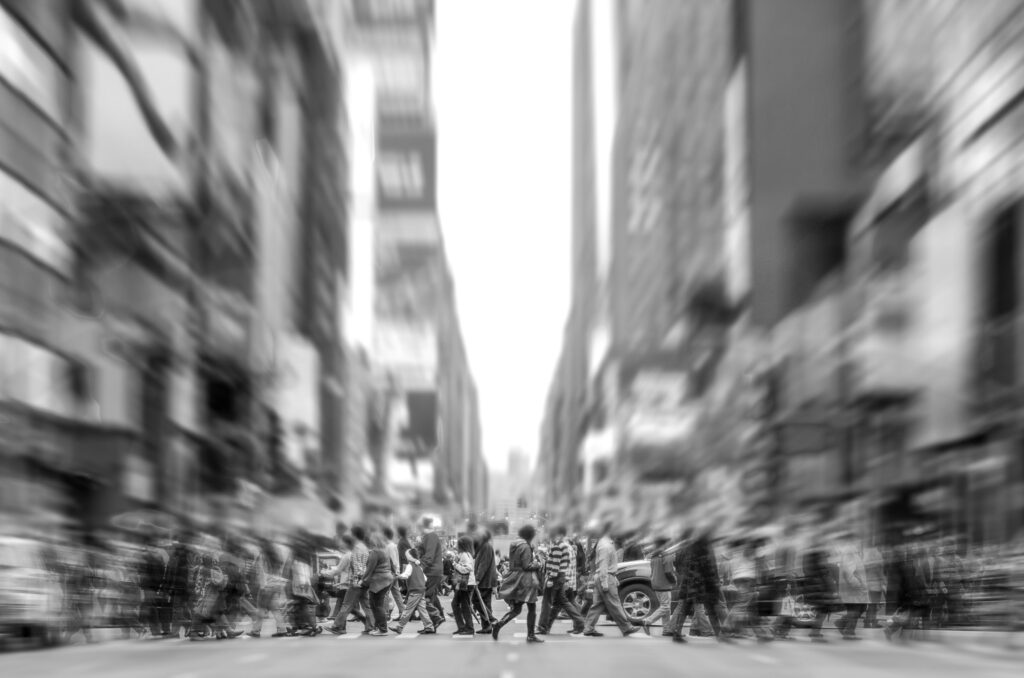Exploring the Dynamic Connection Between Creativity, Street Art, and the Evolving Character of Modern Cities
In the realm of urban living, the city reflects the essence of its inhabitants, and conversely, the people shape the character of the city. This interconnected dynamic came to light during my role as a curator for the street art exhibition, “Art on Ratchaburi 2: We are the City,” held in 2013 in Ratchaburi Province.

A beautiful and vibrant city emerges from the individuals who inhabit it, just as a decaying and neglected city is a manifestation of its residents’ attitudes and way of life. The structures within a city, such as its diverse architecture, serve as artistic expressions. When crafted with thoughtfulness and an appreciation for beauty, these creations become art. However, if constructed without regard for aesthetics, they may lack appeal and fail to reflect the city’s inherent beauty.
Art and cities have been intertwined since ancient times, exemplified by various cultural and religious structures worldwide. Temples, churches, shrines, palaces, and monuments are all examples of art that coexists with the city. In Thailand, particularly in the northeastern region, temples showcase intricate details in the form of carvings, murals, and architectural marvels, emphasizing the fusion of art and urban life.

The Thai way of life has historically been closely tied to temples, reflecting a cultural focus on religious practices rather than artistic appreciation. However, in recent years, a shift has occurred. The proliferation of street art, particularly graffiti, has transformed the urban landscape. Even renowned brands collaborate with graffiti artists, amplifying the trend and making art accessible in every nook and cranny.
This surge in artistic expression has not only revitalized the cityscape but has also stimulated economic growth. Areas that were once considered unsightly due to graffiti are now embraced for their artistic charm. The local economy benefits as more people flock to these areas to admire and photograph the murals. Even those who never frequented art galleries find themselves surrounded by art in their everyday lives.

The integration of art into the urban fabric has brought about a positive shift in public perception. What was once deemed as messy or disruptive has become an appreciated form of expression. This change in mindset is evident in the increased foot traffic, improved business for local establishments, and a general uplift in the city’s appearance.
In essence, the happiness of the people contributes to the overall happiness of the city, creating a harmonious cycle. As art and the city continue to evolve hand in hand, it becomes evident that fostering creativity and cultural appreciation enhances not only the urban landscape but also the well-being of its inhabitants.















Leave feedback about this